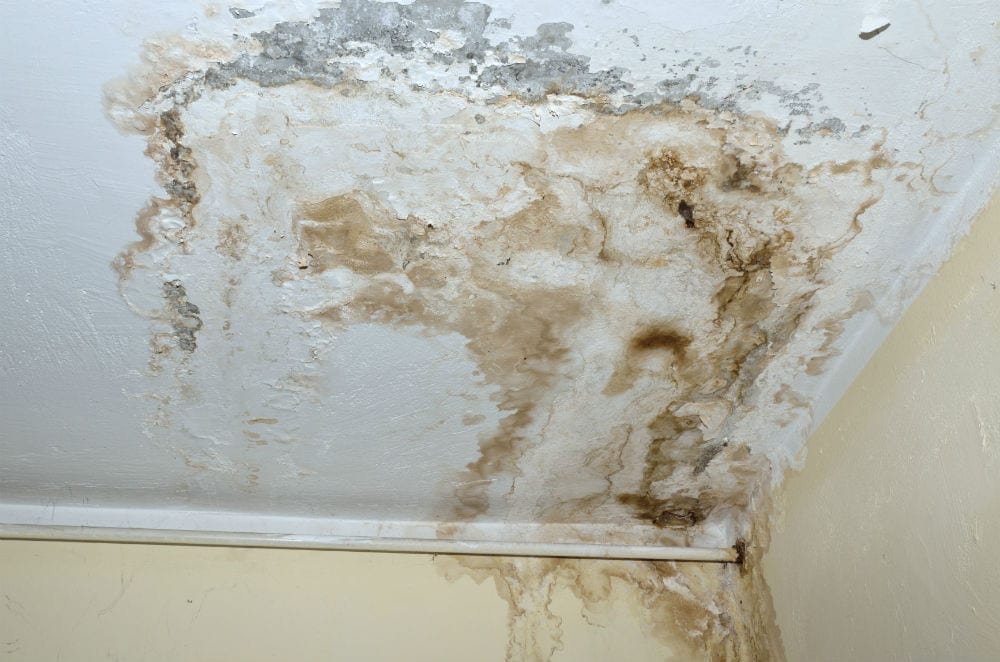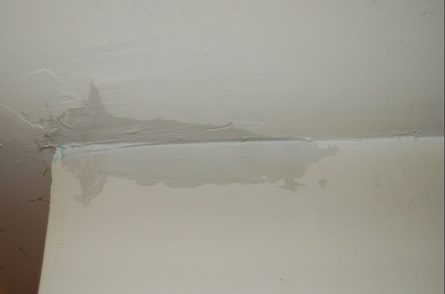Do's & Don'ts of Water Damages.
Do's & Don'ts of Water Damages.
Blog Article
Each person will have their unique piece of advice with regards to 5 Home Safety Tips To Reduce The Risk Of Fire And Water Damage.

Water provides life, however water breach on some parts where it's not supposed to be can result in damage as well as inconvenience. In addition, residences with water damage scent musty and old.
Water can come from numerous sources like tropical cyclones, floods, burst pipelines, leakages, and also sewage system problems. If you have water damage, it's far better to have a working expertise of security preventative measures. Right here are a few standards on just how to take care of water damage.
Do Prioritize Residence Insurance Coverage
Seasonal water damages can originate from floods, seasonal rainfalls, as well as wind. There is also an event of an unexpected flood, whether it originated from a damaged pipeline that all of a sudden bursts right into your home. To secure your residence, copyright insurance that covers both acts of God such as all-natural disasters, and emergency situations like broken plumbing.
Don't Neglect to Shut Off Energies
When calamity strikes as well as you remain in a flood-prone area, shut off the primary electric circuit. Switching off the power stops
When water comes in as water offers as a conductor, electric shocks. Do not fail to remember to turn off the major water line valve as a method to stop more damage.
If the floodwaters are getting high, keep your furnishings steady as they can move and trigger extra damages.
Do Stay Proactive as well as Heed Weather Alerts
If you live in a location tormented by floodings, stay prepared and aggressive at all times. Pay attention to the information as well as evacuation cautions if you live near a body of water like a river, lake, or creek .
Do Not Neglect the Roofing System
Your roofing contractor ought to take care of the malfunctioning rain gutters or any various other indicators of damages or weakening. An evaluation will avoid water from streaming down your wall surfaces and also soaking your ceiling.
Do Focus On Tiny Leakages
There are red flags that can attract your focus and indicate to you some weakened pipes in your residence. Signs of red flags in your pipelines include bubbling paint, peeling off wallpaper, water touches, water spots, or trickling audios behind the wall surfaces. Repair service as well as examine your plumbing fixed before it results in substantial damages to your home, finances, as well as an individual nightmare.
Don't Panic in Case of a Ruptured Pipeline
Keeping your clearheadedness is crucial in a time of crisis. Because it will certainly stifle you from acting quickly, stressing will just compound the issue. Panic will likewise provide you added tension. Timing is crucial when it involves water damage. The longer you wait, the even more damage you can expect as well as the most awful the results can be. If a pipeline bursts in your house, instantly shut off your main water valve to cut off the resource as well as protect against even more damage. Unplug all electric outlets in the location or turn off the breaker for that part of your home. Finally, call a trustworthy water damages remediation specialist for assistance.
Water gives life, however water breach on some components where it's not intended to be can result in damage and inconvenience. In addition, residences with water damages scent old as well as musty.
Seasonal water damages can come from floodings, seasonal rains, and also wind. Indications of red flags in your pipelines include bubbling paint, peeling wallpaper, water streaks, water spots, or dripping audios behind the wall surfaces. If a pipe bursts in your house, promptly shut off your major water shutoff to reduce off the resource as well as protect against even more damage.
Some Do's & Don't When Dealing with a Water Damage
DO:
Make sure the water source has been eliminated. Contact a plumber if needed. Turn off circuit breakers supplying electricity to wet areas and unplug any electronics that are on wet carpet or surfaces Remove small furniture items Remove as much excess water as possible by mopping or blotting; Use WHITE towels to blot wet carpeting Wipe water from wooden furniture after removing anything on it Remove and prop up wet upholstery cushions for even drying (check for any bleeding) Pin up curtains or furniture skirts if needed Place aluminum foil, saucers or wood blocks between furniture legs and wet carpet Turn on air conditioning for maximum drying in winter and open windows in the summer Open any drawers and cabinets affected for complete drying but do not force them open Remove any valuable art objects or paintings to a safe, dry place Open any suitcases or luggage that may have been affected to dry, preferably in sunlight Hang any fur or leather goods to dry at room temperature Punch small holes in sagging ceilings to relieve trapped water (don't forget to place pans beneath!); however, if the ceiling is sagging extremely low, stay out of the room and we'll take care of it DO NOT:
Leave wet fabrics in place; dry them as soon as possible Leave books, magazines or any other colored items on wet carpets or floor Use your household vacuum to remove water Use TV's or other electronics/appliances while standing on wet carpets or floors; especially not on wet concrete floors Turn on ceiling fixtures if the ceiling is wet Turn your heat up, unless instructed otherwise

We had been guided to that write-up on 5 Home Safety Tips To Reduce The Risk Of Fire And Water Damage through someone on another web blog. Please set aside a second to share this post if you enjoyed it. Thank you for your time. Kindly come visit our website back soon.
Report this page